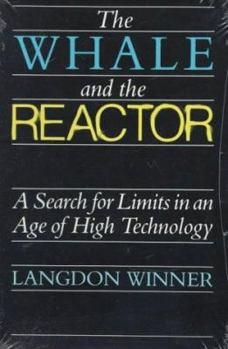Hawking, Stephen. 2017. A Brief History of Time. New York: Bantam Books.
Review by Michael Beach
Stephen Hawking is a well-known astrophysicist, so much so that a novice like me has heard of him. Yes, he was connected to the popular TV show The Big Bang Theory, but I had heard of him long before then. This book is a treatise on the best scientific thinking about the cosmos distilled into more palatable language for the average reader.
Each chapter tackles somewhat ticklish unresolved topics such as the latest descriptions of the universe, the relationship between space and time, the uncertainty principle, and the elementary particles and forces of nature. Whether discussing black holes, the origin of the universe, or worm hole travel, Hawking includes what ‘we’ humans think and what we don’t know. He peppers these heavy topics from well placed humor.
The original version of the book was published in 1988. This third version incorporates ‘new material’ including some short descriptions about the theoretical scientific contributions of Albert Einstein, Galileo Galilei, and Isaac Newton. For me the topics Hawking discusses are fascinating. His approach is thoughtful and clear.










 RSS Feed
RSS Feed